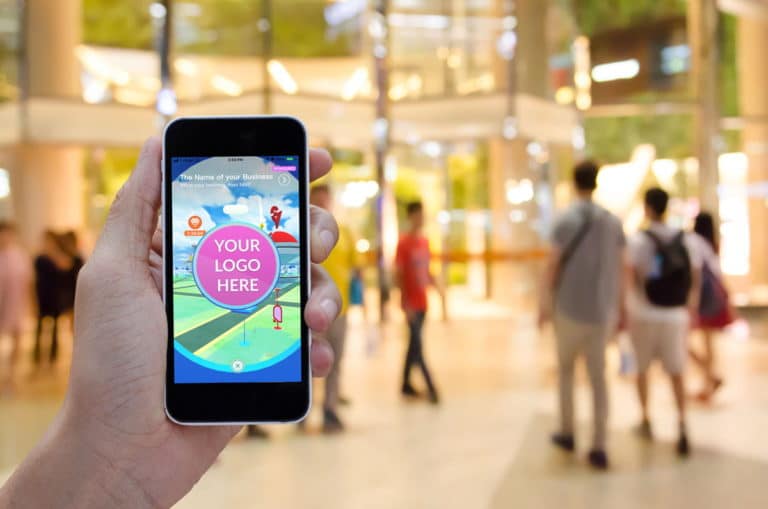
For 200 years, brands have looked for and found new ways to capture consumers’ attention. We’ve always come up with new ways to engage users to create brand and product awareness.
In the digital age, technology has taken brand management and awareness to levels never before imagined. Just as digital cameras changed photography forever, the smartphone changed everything, and folded photography into that revolution.
Now, the smartphone camera and augmented reality are poised to usher in a new era of branding and advertising and will change the way brands capture consumer attention by expanding the user experience, increasing brand reach, and creating new forms of collectible content.
Expanding the User Experience
There’s an opportunity for brands to really engage the consumer in unique brand experiences with augmented reality. A giant black panther jumping all over the field at a Carolina Panthers game was memorable. Five years ago, a brand would have activated their sponsorship with traditional signage or messaging on the back of a ticket stub. But as soon as you can get on a fan’s mobile device while they’re capturing their special moments with their family and friends, you’ve really taken advertising and brand engagement to a different level.
The camera is the most important and most used feature. The only company that is monetizing it in a dynamic, timely way is Snapchat. Not only is it a camera, but they’re also streaming in content and have become part of everyday moments.
But 95% of photos are not taken with Snapchat; they’re taken with the native camera. Why wouldn’t the wireless industry want to give users the same features, better content, and participate in this new type of marketing? Why would they want their customers to exit the camera and go to a third-party app to get content to enhance their moments? Why not put it right there at their fingertips? There’s a massive opportunity for wireless leaders to do just that.
Increasing Reach
I was at a Kansas City Chiefs game at Arrowhead Stadium, and a Coke promotion appeared on the scoreboard during a timeout. All you had to do was take a picture of a QR code right from your phone to activate a game. It’s all done through the web, no app necessary. It was engaging and timely. When you have a stadium full of 100,000 people, you don’t want to reach just 20,000 users on a social media app. You want to reach all 100,000 fans. Brands want to reach as many people as possible, and they don’t care if it’s on Snapchat or Verizon or AT&T or Facebook. They want eyeballs and engagement.
Augmented reality offers infinite possibilities. We don’t typically talk about ads. But with augmented reality, we will talk about them, because they’re cool, they’re different, and we’re going to see more. The goal of creative studios and agencies should be to innovate and keep surprising and delighting consumers. Increased engagement and return on marketing spend will follow.
Creating New Forms of Collectible Content
Whether it’s taking a picture at a movie theater in front of the poster for the film you’re there to see, or from the 15th row at a Taylor Swift concert with your daughter, one of the capabilities of this technology rests on geofencing. Advertisers can stream exclusive content straight to just the people who were inside that theater or arena and then make it easy to share this content across social media platforms.
Then you can take something that Taylor Swift designed and signed and turn it into digital art and roll it out as an NFT. The only people who have access to it are the fans who attended the show. Then you can say, “Hey, Live Nation, you want to sponsor this?” That’s true digital branding. Brands and organizations are going to want to make people feel special, and the smartphone is the conduit.
![]() Aaron Horvath is CEO of Mobilize. A version of this article previously appeared in Street Fight, reproduced here under an editorial partnership.
Aaron Horvath is CEO of Mobilize. A version of this article previously appeared in Street Fight, reproduced here under an editorial partnership.

